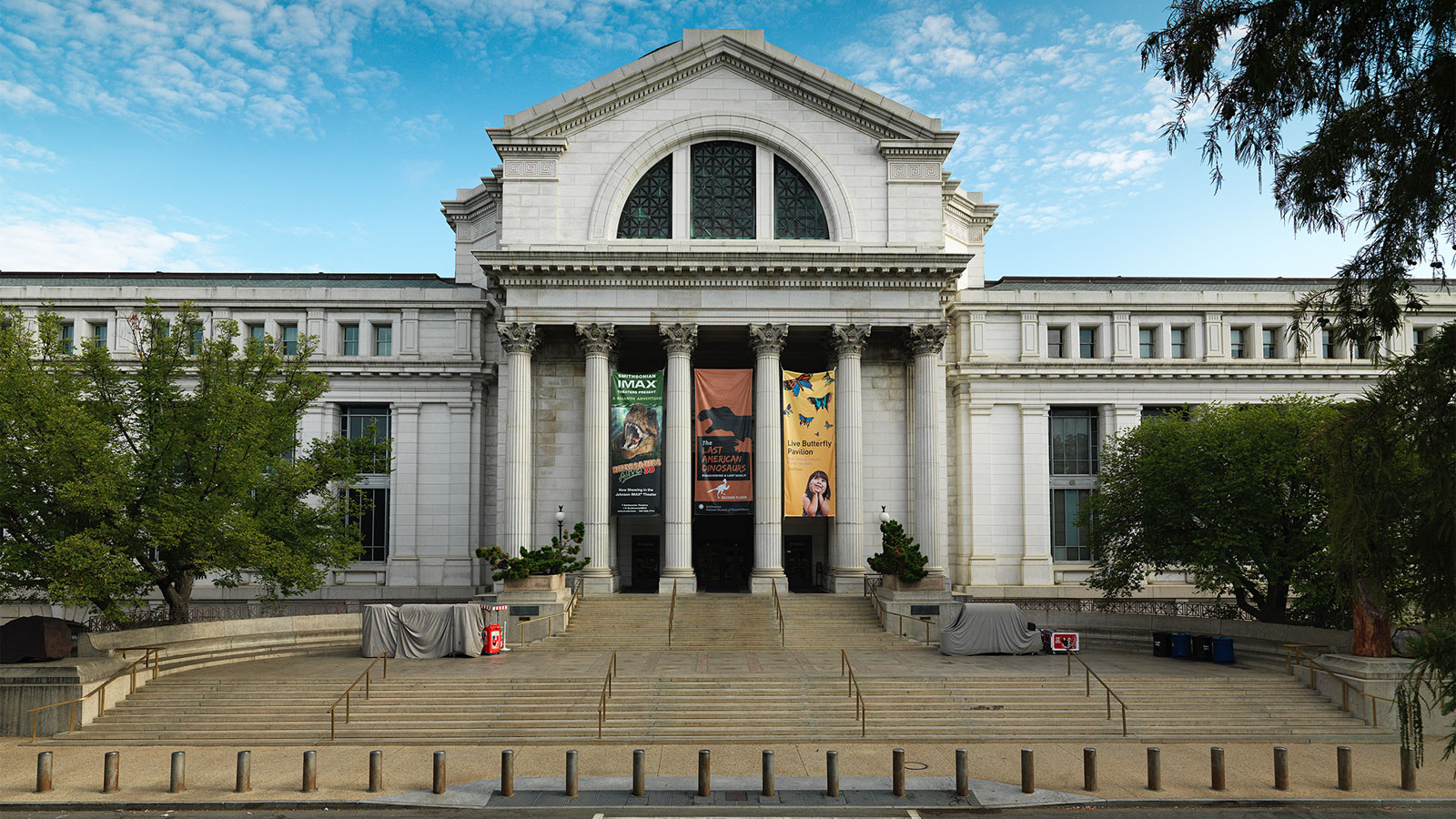|
The Smithsonian Institution will introduce a new policy on human remains that will see descendants or communities of origin able to decide what happens to their ancestors

Tom Anstey | Planet Attractions | 13 Mar 2024

 The National Museum of Natural History is one of two museums under the Smithsonian banner to hold human tissue Credit: Smithsonian The National Museum of Natural History is one of two museums under the Smithsonian banner to hold human tissue Credit: Smithsonian
The Smithsonian Institution is set to introduce a new policy on human remains, with descendants or communities of origin able to decide what happens to their ancestors.
The institution, which holds more than 30,000 such items in its collection, is aiming to evaluate all human remains in its care to determine which of those remains should be subject to ethical return or shared stewardship.
The majority of the remains have been largely collected in the late 19th and early 20th centuries without the consent of the deceased or their families, with anthropologists at the time attempting to prove theories of scientific racism. The remains mostly comprise whole or partial skeletons, teeth and bone fragments. The collection also includes scalp hair, embryonic and foetal remains, and fluid-preserved tissues, including around 250 brains. More than half of the specimens were taken from Native American communities, while an estimated 2,100 came from the Black population.
The Smithsonian has already committed to providing resources to help proactively trace descendants, acknowledging “unfortunate inheritance, a racist legacy that burdens the Smithsonian and prolongs this injustice”. The institution also formed a task force last year to examine its treatment and care of the remains.
“While much of this collecting of human remains was done by curators and individuals long dead, it occurred at the Smithsonian and relied on the Smithsonian’s resources, reputation, and influence,” said a new report, published by the task force last month.
“The original intent of collecting these human remains was morally abhorrent because it sought to prove the superiority of white people and their descendants to Native Americans, African Americans, and others through scientific means that are now thoroughly discredited.”
The Smithsonian has already removed all human remains, including prehistoric remains, from display at the two museums that hold human tissue - the National Museum of Natural History and the National Museum of the American Indian.
The report recommended that the Smithsonian should return the remains “with all practicable speed and consistent with applicable law”, adding that human remains should not be collected, possessed or displayed without “documented and informed consent” of the descendants or descendant communities.
Among several other recommendations surrounding human remains, the report by the task force is now being used to shape an official policy on the matter. As a result, the Smithsonian is forming two teams, one of which will help identify the descendants or descendant communities of Native American remains and one to focus on non-native human remains.
“We believe that informed consent is the baseline for any collection of, care of, or research upon human remains going forward,” said the task force.
“Where the deceased or their representatives have volunteered their bodies for science, research, or display, the Smithsonian will aim to ensure they have freely
consented, fully understood, and set the terms for their ongoing care. Given that the vast majority of existing remains in Smithsonian custody did not come with the consent of the deceased, the Smithsonian must make a good-faith effort to find appropriate living representatives for the deceased and seek their consent to the future care of these remains.”
The move from the Smithsonian follows the introduction of newly revised regulations in January surrounding the Native American Graves Protection and Repatriation Act (Nagpra). Under the mandate, museums and other institutions must obtain consent from tribes to showcase or research human remains or cultural items. The new guidelines also give institutions across the US five years to prepare all human remains and related funerary objects for repatriation while giving more authority to tribes throughout the process. Since the introduction, the American Museum of Natural History (AMNH) has closed its two halls featuring Native American artefacts, while Chicago’s Field Museum has covered several of its displays.
Museums and galleries
|
|






Supplier Showcase 2025: The biggest attractions projects landing worldwide this year
|